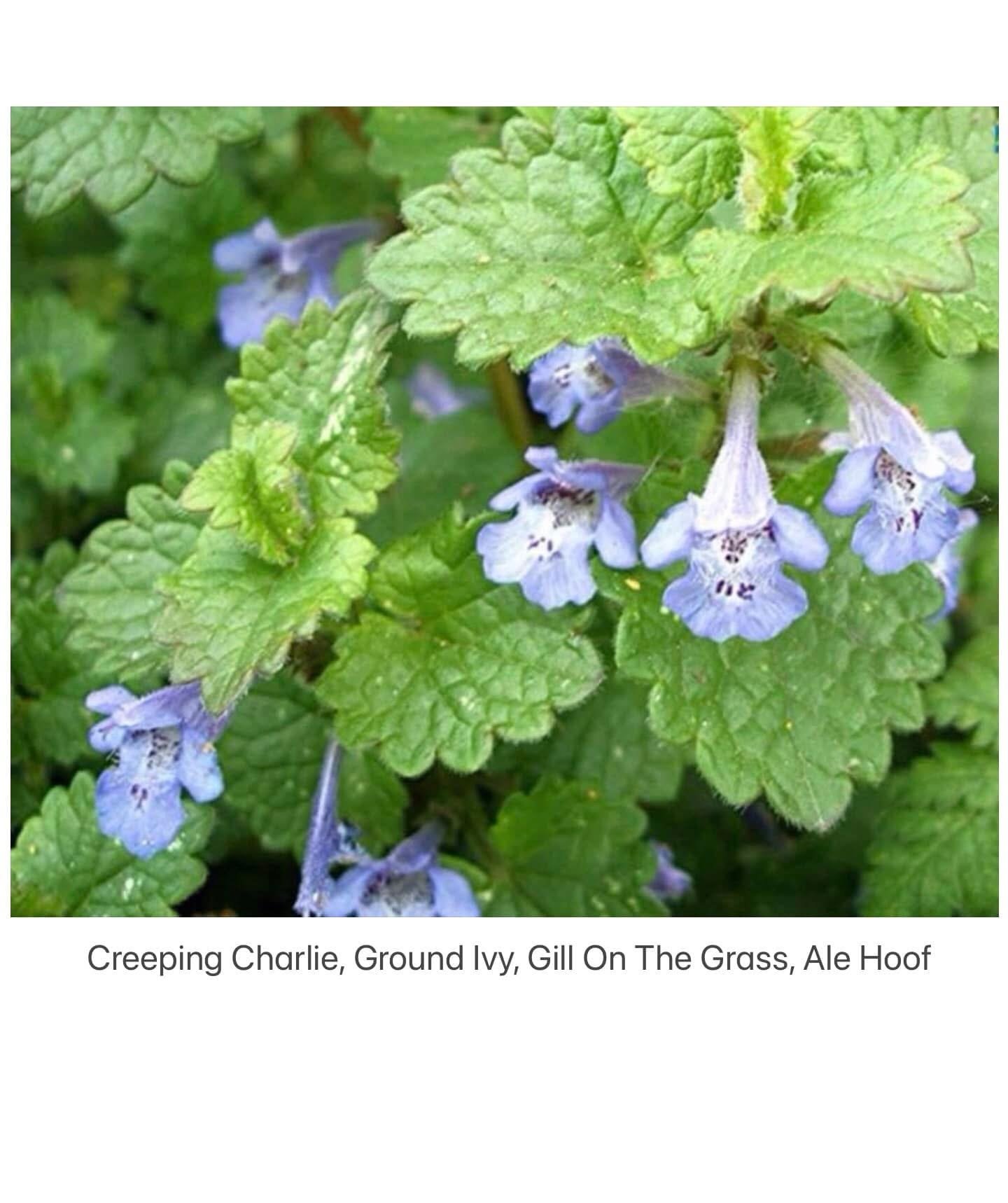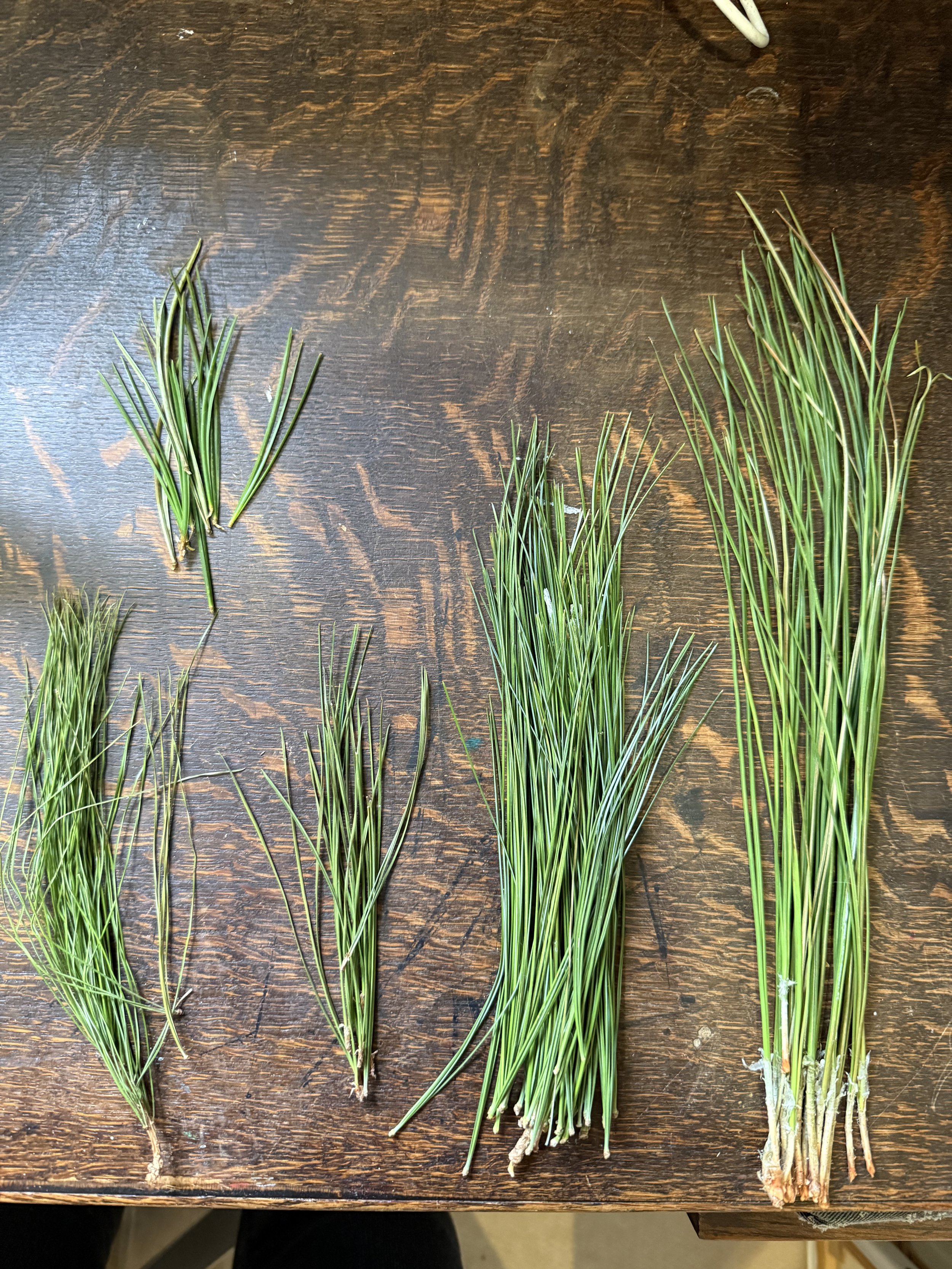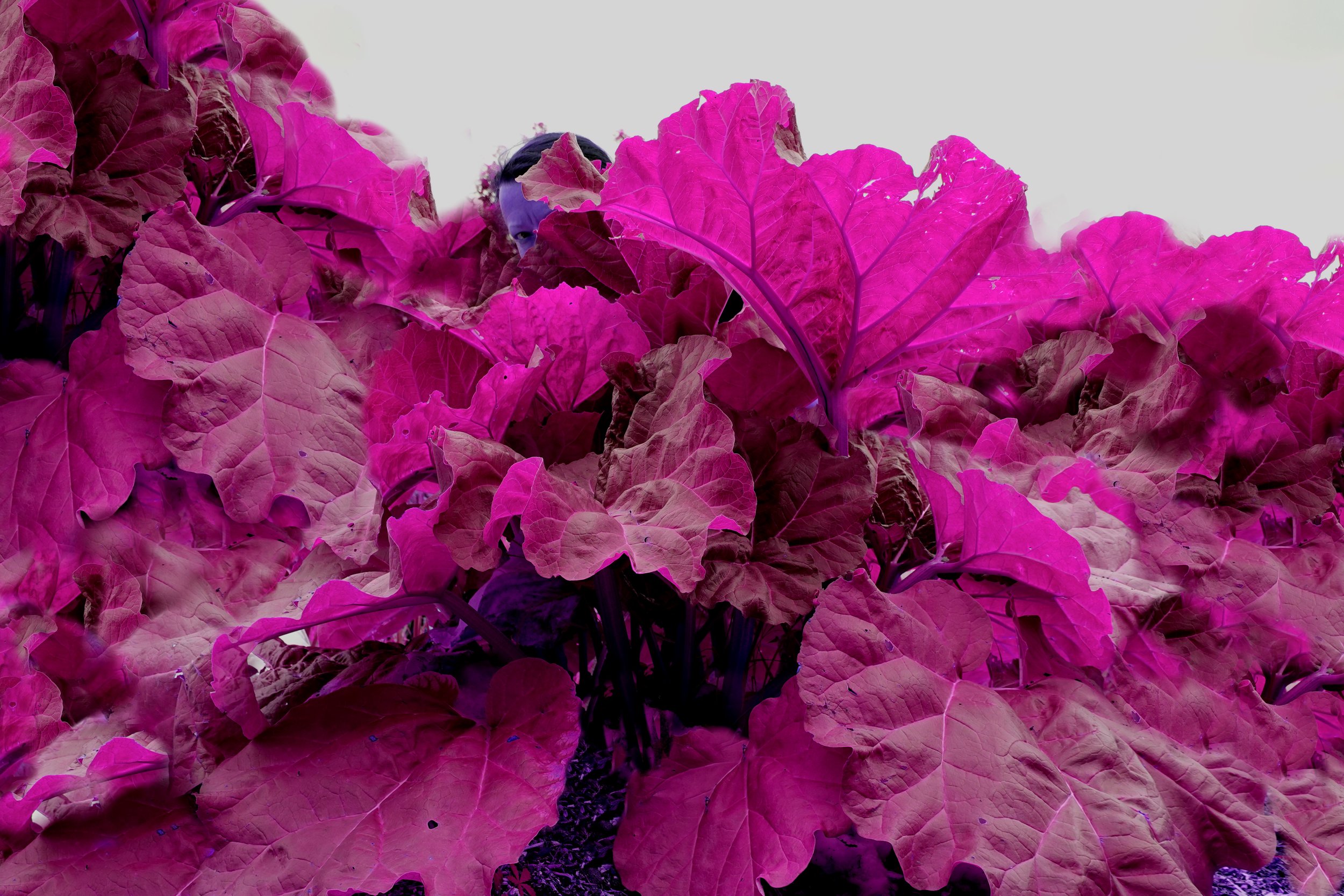
“From our earliest days as hunter-gatherers, it was women who stoked the first hearth fires, stirred the first pots, brewed the first beer, and baked the first bread.”
Danielle Prohom Olson from ‘Reclaiming the Magical Herstory of Food’ for GatherVictoria.com (2017)
Growing up in the North of England has deeply influenced my art practice, shaping the core of my research. My surroundings have always informed my creative journey, an evolving relationship with the object, nature, and womanhood.
In the early years of my practice, I worked with traditional, object-focused methods, creating pieces that offered a sense of permanence and security. These conventional materials and techniques were a strong foundation, but over time, I felt constrained by them. As my awareness of environmental issues deepened, I questioned the sustainability of my practice and the lasting impact of the materials I was using. This led to a significant shift in my work, a transition to incorporating a more fluid, sustainable, and nature-driven approach.
I turned to foraging, a practice I did for health and relaxation. These natural materials become central to my practice, connecting me more profoundly with the environment. Gathering plants and organic materials from the land to create ephemeral works, using edible and medicinal plants in a performative, ritualistic, and creative way, aligning my practice with an eco-conscious philosophy.
This process reflected my commitment to sustainability and introduced a liberating sense of creative freedom, materials often embracing impermanence and biodegradability, reflecting the cyclical nature of life and challenging traditional notions of art as something that must endure indefinitely. This practice awakened my mind to an ancient connection women in my family and women in general have with the earth. A tradition that has long been forgotten, buried deep, waiting to be explored.
Releasing my attachment to permanence was not without its challenges and required me to rethink my creative process by embracing the idea that art could evolve, transform, and even decay over time. Yet this transition has been cathartic, offering creative possibilities in harmony with nature and my values.
Today, my art practice is centred on the fluidity of humanity within our landscape and exploring our lost connections with nature. How the ephemeral can heal our minds and bodies while helping our progress to sustainability within the arts.
My work now sits at the intersection of art and nature, embracing the ephemeral and celebrating the sustainable. Through this journey, I’ve found a deeper respect for the natural world and a renewed sense of freedom in my creative process, and I look forward to continuing this evolving exploration.
























I am also passionate about community engagement and collaboration. As a co-founder of Haus-a-rest, an online art zine, I help bring together like-minded artists, writers, poets, and theorists to highlight new and established creatives. In addition, I have organised exhibitions in unconventional spaces, ranging from small travelling galleries and pop-ups in disused buildings to larger shows in commercial venues, both locally and internationally.
Get in touch
It all begins with an idea, If you wish to talk about a commission, event, exhibition, or nature or have a proposal then send the details over and I will get back to you personally.
A selection of work and research….
